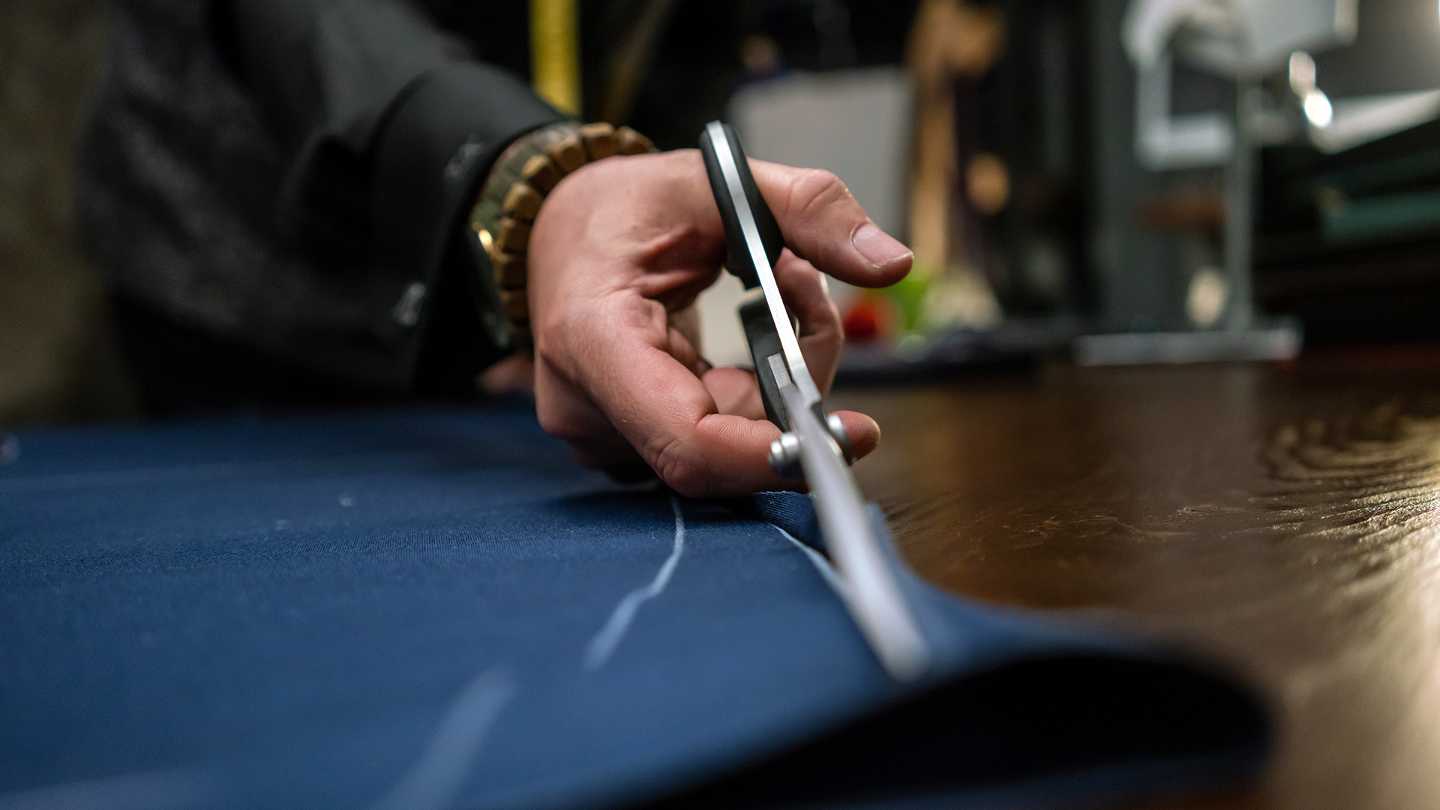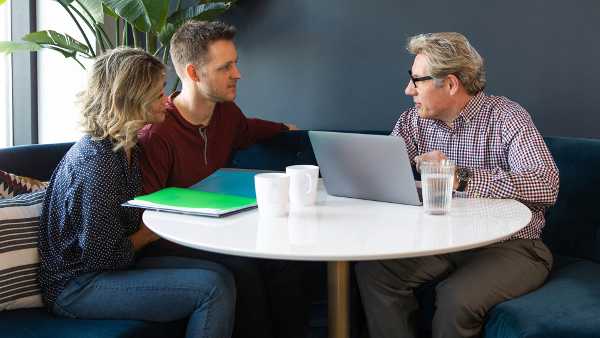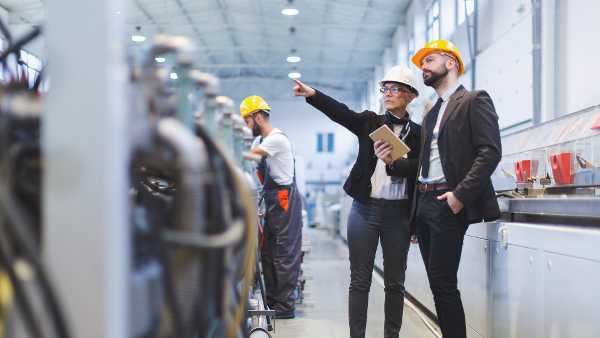Keep innovating with smart subsidies

- KVK Editors
- Background
- 14 October 2024
- 2 min
- Managing and growing
- Finance
In just 7 years, Labfresh grew their turnover to €10 million per year. The Dutch-Danish company carries out research and development activities to produce its range of innovative clothing. To develop their unique products, they took advantage of subsidy schemes offered by the Netherlands Enterprise Agency. How did they do it? And how did the subsidies help? Co-founder Lotte Vink talks about their success.
First some facts and figures. Labfresh originated in 2017 at the kitchen table of Vink and her husband Kasper Brandi Petersen. They came up with the idea of making clothes that are stain, odour, and wrinkle-free using a new technique that treats fabrics without them losing their natural characteristics. The technology keeps clothes fresher for longer, meaning they need less washing and thus reducing their ecological footprint. Within a year, Labfresh managed to sell shirts and t-shirts in 82 countries. They now have their own shops in Amsterdam, Copenhagen, and soon in Leidschendam.
Smart subsidies
Choosing not to opt for fast fashion meant Labfresh spent a lot of time on research and development. They looked for support to do this. In 2018 and 2019, the company received research grants through the MIT and WBSO schemes offered by the Netherlands Enterprise Agency (RVO). This enabled them to further develop the company’s innovative FreshCore™ technology. Vink and her partner were made aware of these schemes by an (in Dutch). “We were then given a list that stated what was required for the application,” says Vink. “We wrote the application ourselves. What we noticed is that it takes quite a lot of time. The advantage is that you must think carefully about how you can best use the subsidy. That helps you think critically about how many hours you spend on a particular process. And to work in a more structured way. The MIT and WBSO schemes have helped us through trial and error to arrive at the successful products we now sell all over the world.”
What are the MIT and WBSO schemes?
Do you have an SME and want to get started on innovative projects? Then the SME Innovation Stimulus for Regional and Top (Mkb-innovatiestimulering Regio en Topsectoren, MIT) may be for you. MIT stimulates innovation in small and medium-sized enterprises (SMEs) across regional borders.
Are you an entrepreneur and about to engage in research and development (R&D)? Or conduct technical-scientific research? Then you can benefit from the WBSO: Tax Credit for Research and . You submit a WBSO application to RVO yourself. Is anything unclear? Then contact . RVO may also contact you with extra questions if your application is unclear or incomplete.
Success factors
This success does not come out of the blue, of course. An important part of it is a strong team performance, says Vink. “What I am most proud of is that we have never had such a fine team around us. That’s also because of the type of leadership we can give now. In the beginning that was a bit less mature, but we have grown in that.”
External partners
External partners also contribute to the team's success. For instance, Labfresh develops products together with laboratories in Switzerland and Portugal. Most of the rest of the production takes place in Portugal, China, and North Macedonia. Vink is also looking for external funding. “We have several successful crowdfunding campaigns behind us. As a result, we are the largest community-funded fashion company in Europe.”
Lotte Vink
Co-founder Labfresh
After being team lead and stylist at the CloakRoom, she started Labfresh with her husband Kasper Brandi Petersen. Together, they focus on making stain- and odour-resistant clothing. With their innovative brand, they aim to make the fashion industry less polluting by producing clothes that stay clean and fresh for longer.

founded in 2017
sustainable
research grants
The MIT and WBSO schemes have helped us achieve successful products.
Innovation does not stop
Of course, a company like Labfresh does not stop innovating. Vink talks enthusiastically about the innovations they are working on. “The technologies we used on day 1 are no longer the technologies we use now. For example, for our new collection, we are not using merino wool, but seawool. This is a combination of recycled plastic bottles and oyster shells.” They have also just launched a new product on crowdfunding platform . “It's a backpack with the characteristics of a hiking pack, which you can also use for the office, for example,” Vink explains. “It's not a typical Labfresh product, but by introducing it on Kickstarter we can see if enough customers like it.”


